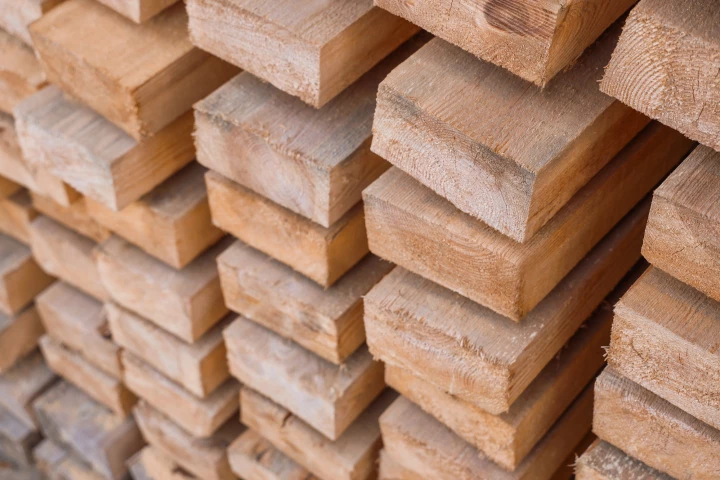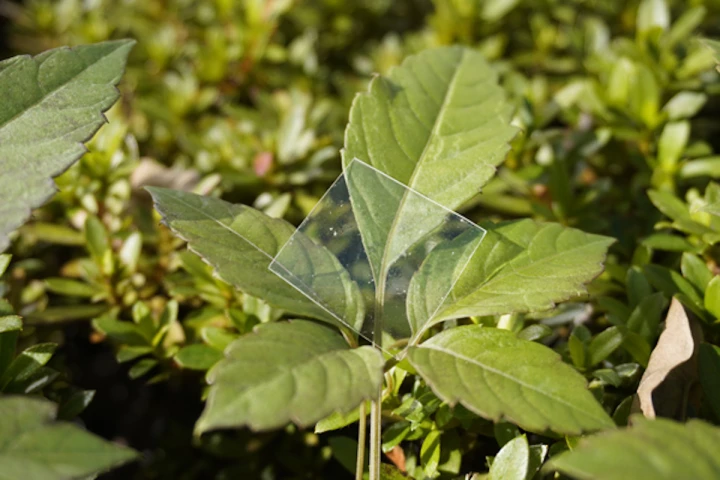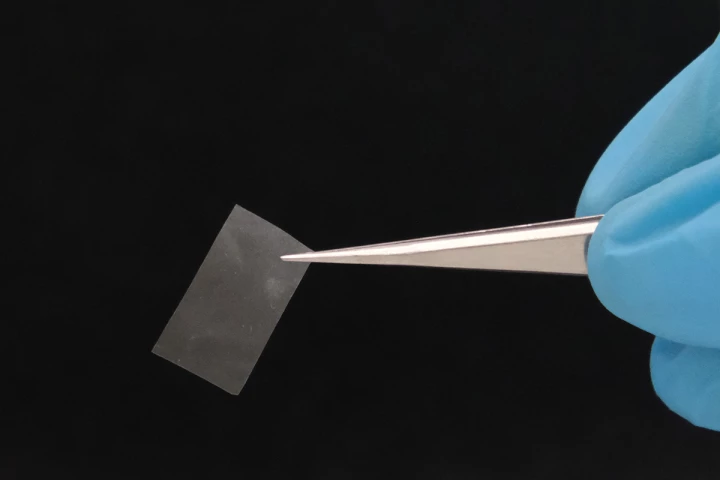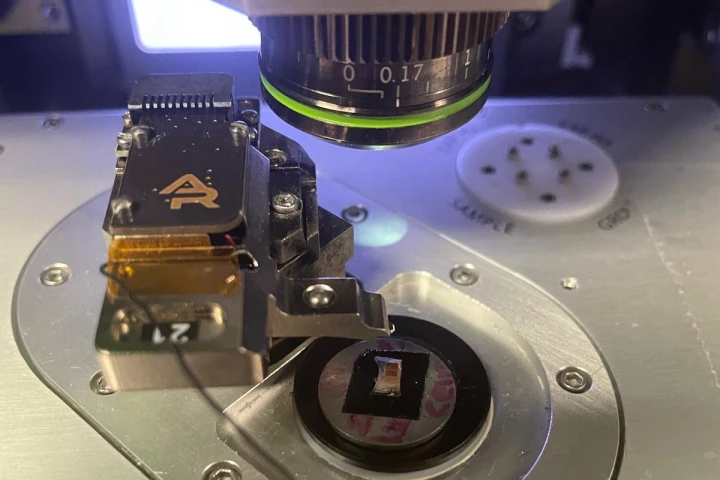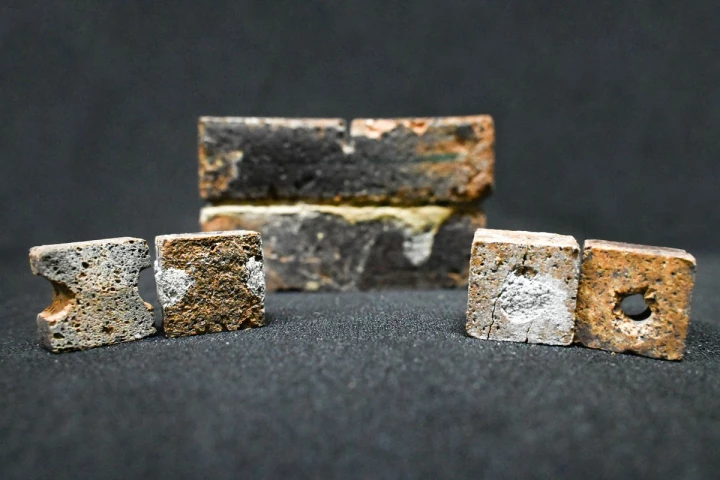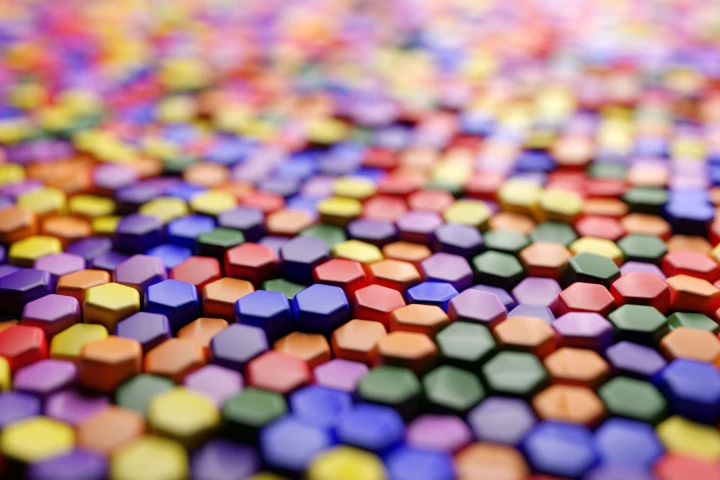Materials
Whether it's the latest wonder material, such as graphene, or uncovering the secrets to the longevity of ancient Roman concrete, material science is the reason so much of our technology is more than the sum of its parts.
Top News
-
While sustainably-grown wood can be an eco-friendly building material, its relatively low tensile strength limits its potential applications. That could soon change, however, thanks to a new self-densifying technique for creating super-strong wood.
-
Scientists at RIKEN in Japan have developed a new type of plastic that’s just as stable in everyday use as regular plastic, but dissolves quickly in saltwater, leaving behind only safe compounds.
-
A Maryland-based startup is set to begin mass producing Superwood, which is made from regular timber using a densification process, and exhibits strength greater than that of steel.
Load More
Latest News
-
June 29, 2025 | Abhimanyu GhoshalHere's a rather novel way to keep trash out of landfills: engineering biologists have developed a way to turn common plastic bottles into the popular painkiller paracetamol. All it takes is a bit of bacteria and time to ferment the treated waste.
-
June 23, 2025 | Abhimanyu GhoshalA new kind of paint might be the key to cooling homes in humid climes like Singapore. Researchers based in the island country found their custom white paint, specially developed to 'sweat,' significantly reduced the need for air conditioning.
-
June 09, 2025 | Michael FrancoUsing more sludge and less slag in their recipe, researchers were able to create a material that's stronger than even today's enhanced cements and highly resistant to corrosion by acid. It could solve a serious problem facing sewer pipes worldwide.
-
May 16, 2025 | Abhimanyu GhoshalResearchers in Switzerland have developed a new film-like material that incorporates living cells from fungi, so it's biodegradable and can help break down waste too. Oh, and you can eat it, if you're curious like that.
-
May 08, 2025 | Abhimanyu GhoshalResearchers at Australia's RMIT University have devised a simple and clever contraption that could make drinking water available in disaster-stricken areas, by pulling it out of thin air.
-
April 29, 2025 | Ben CoxworthAlthough lumber does show promise as a renewable alternative to structural materials such as steel, it still tends to be weaker than those substances. Scientists have now set about addressing that shortcoming, by strengthening wood with added iron.
-
April 21, 2025 | Abhimanyu GhoshalEngineers from Montana State University have developed a building material using the root-like mycelium network of a fungus. It's the first time fungal mycelium has been tested as a scaffold for living materials.
-
April 17, 2025 | Abhimanyu GhoshalThe heat from within your laptop disperses slowly, like ripples in a pond. What if we could turn that heat into channeled waves that travel away from the source up to a hundred times faster? Researchers are giving it a go – with crystals.
-
April 06, 2025 | Abhimanyu GhoshalWe're going to be on the Moon more often soon, and we'll need places to rest and work there. Building habitats and maintaining them will be tough, but bacteria could come to the rescue by helping repair cracked bricks made from lunar soil.
-
April 04, 2025 | Bronwyn ThompsonOyster mushrooms and bits of bamboo sound more at home on a Chinese menu than stuck to the wall, but scientists have used this mix to make aesthetically pleasing tiles with bumps and textures that help regulate temperature much like elephant skin does.
-
March 21, 2025 | Michael FrancoResearchers have found a way to take waste concrete from demolition sites and turn it into fresh new concrete that has a strength not seen before from such a product. The breakthrough could lead to significant emissions reductions in the building sector.
-
March 19, 2025 | Michael IrvingThis strange white paste might not look like much, but it could not only solve the sand shortage, but make the cement manufacturing process absorb carbon dioxide instead of emitting it. Scientists grew this stuff out of seawater, electricity and CO2.
-
March 16, 2025 | Michael FrancoHarnessing a principle known as triboelectrification, researchers have worked out the optimal way to generate an electrical charge in a relatively simple way. The breakthrough could provide a battery-free way to power wearables and other devices.
-
March 08, 2025 | Abhimanyu GhoshalDeep-sea sponges have a secret: their light lattice-like forms are astonishingly stiff and strong. Inspired by these creatures, RMIT researchers have developed a new structure to make significantly stronger materials for more durable buildings.
-
March 03, 2025 | Ben CoxworthAlthough it is possible to recycle Plexiglass, it's a complex and inefficient process, so it generally just isn't done. A simple new technique, however, is claimed to break the plastic down into all of its building blocks for near-complete recycling.
Load More
